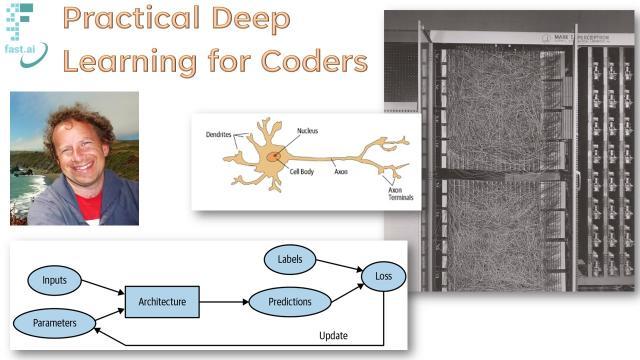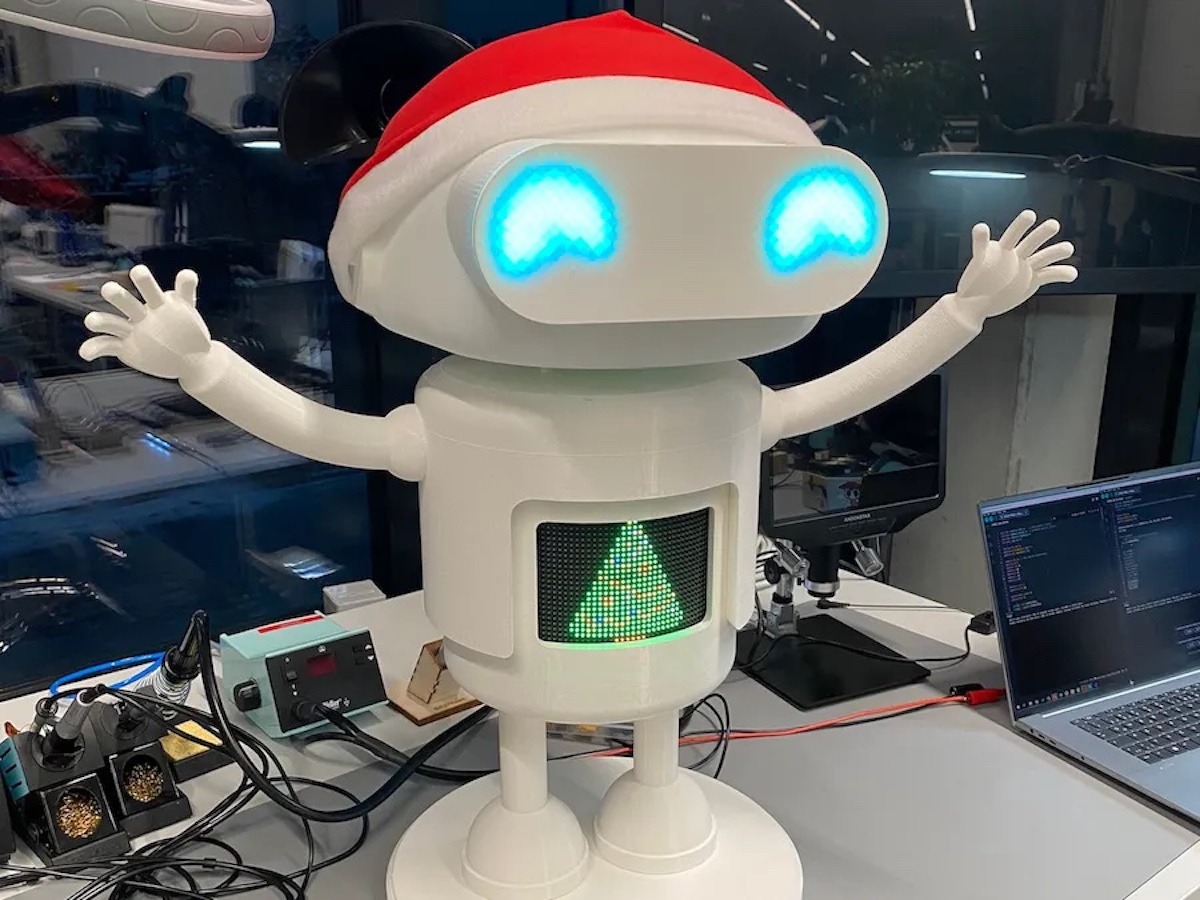Hands-on deep learning for coders 2022
Written: July 21, 2022 by Jeremy Howard Contents A new edition Students and results The lessons 1: First steps 2: Deployment 3: Foundations of Neural Networks 4: Natural Language (NLP) 5: Model from scratch 6: Random Forests 7: Collaborative filtering and embedding 8: Convolutions (CNN) Begin A new edition
Today we are releasing Practical Deep Learning for Coders 2022, a complete rewrite of fast.ai's most popular two-year-old course. Previous fast.ai courses have been studied by hundreds of thousands of students, from all walks of life, from all parts of the world. Fast.ai's videos have already been viewed over 6,000,000 times! The main differences are:
Much greater emphasis on interactive explorations. Students in the course build simple graphical interfaces to create decision trees, linear classifiers, and nonlinear models by hand, using this experience to develop a deep intuitive understanding of how fundamental algorithms work. A broader mix of libraries and services are used, including the Hugging Face ecosystem (Transformers, Datasets, Spaces, and Model Hub), Scikit Learn, and Gradio Coverage of new architectures, such as ConvNeXt, Visual Transformers (ViT), and DeBERTa v3By the end of lesson two, students will have built and deployed their own deep learning model on their own data. Many students post their course projects on our forum. For example, if there is an unknown dinosaur in your garden, you may need this dinosaur classifier!

Topics covered in this year's course include:
Build and train deep learning models for computer vision, natural language processing, tabular analysis, and collaborative filtering problems Create random forests and regression models How to turn your models into web applications and deploy them Use PyTorch, the world's fastest growing deep learning software, plus popular libraries such as fastai and Hugging Face Why and how deep learning models work, and how to use this knowledge to improve the accuracy, speed, and reliability of your models Latest deep learning techniques that really matter in practice How to implement deep learning fundamentals, including stochastic gradient descent and a full training loop, from scratchThere are 9 lessons, and each lesson lasts about 90 minutes. The course is based on our 5-star rated book, which is freely available online. No special hardware or software is needed - the course demonstrates how to use free resources to build and deploy models. College math is also not required - the necessary calculus and linear algebra are int...

Today we are releasing Practical Deep Learning for Coders 2022, a complete rewrite of fast.ai's most popular two-year-old course. Previous fast.ai courses have been studied by hundreds of thousands of students, from all walks of life, from all parts of the world. Fast.ai's videos have already been viewed over 6,000,000 times! The main differences are:
Much greater emphasis on interactive explorations. Students in the course build simple graphical interfaces to create decision trees, linear classifiers, and nonlinear models by hand, using this experience to develop a deep intuitive understanding of how fundamental algorithms work. A broader mix of libraries and services are used, including the Hugging Face ecosystem (Transformers, Datasets, Spaces, and Model Hub), Scikit Learn, and Gradio Coverage of new architectures, such as ConvNeXt, Visual Transformers (ViT), and DeBERTa v3By the end of lesson two, students will have built and deployed their own deep learning model on their own data. Many students post their course projects on our forum. For example, if there is an unknown dinosaur in your garden, you may need this dinosaur classifier!

Topics covered in this year's course include:
Build and train deep learning models for computer vision, natural language processing, tabular analysis, and collaborative filtering problems Create random forests and regression models How to turn your models into web applications and deploy them Use PyTorch, the world's fastest growing deep learning software, plus popular libraries such as fastai and Hugging Face Why and how deep learning models work, and how to use this knowledge to improve the accuracy, speed, and reliability of your models Latest deep learning techniques that really matter in practice How to implement deep learning fundamentals, including stochastic gradient descent and a full training loop, from scratchThere are 9 lessons, and each lesson lasts about 90 minutes. The course is based on our 5-star rated book, which is freely available online. No special hardware or software is needed - the course demonstrates how to use free resources to build and deploy models. College math is also not required - the necessary calculus and linear algebra are int...
What's Your Reaction?















![Three of ID's top PR executives quit ad firm Powerhouse [EXCLUSIVE]](https://variety.com/wp-content/uploads/2023/02/ID-PR-Logo.jpg?#)







